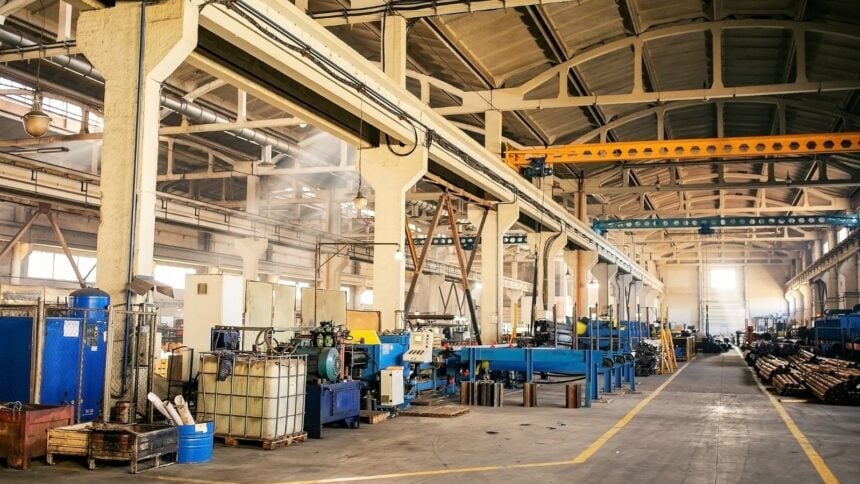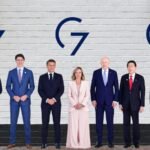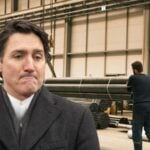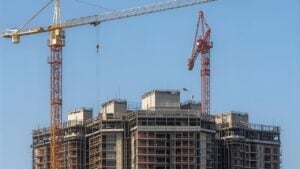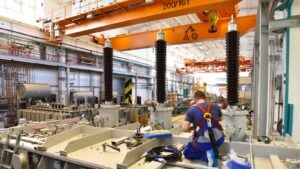Ontario is warning that North America’s carmaking machine is not something you take apart and rebuild on a weekend.
As tariff threats multiply, provincial officials say the deeply integrated network that moves parts and vehicles between Canada, the United States, Mexico, Europe and Asia is too interlocked to be neatly reworked without real economic damage.
The message lands as the trade picture grows more complicated. Canada put a 100% duty on electric vehicles made in China last year, aligning with Washington’s hardening stance.
Ottawa has since paused the EV mandate to give automakers room while they reprice and retool.
In the U.S., new rounds of import levies have widened from metals and electronics to a broader set of consumer products, with the White House recently hitting home goods with new tariffs.
The result is a policy maze that makes it harder to plan investment and procurement across a sector built on predictable rules.
The province hosts a cluster of assembly plants and a dense ecosystem of parts makers that ship components across the border several times before a finished vehicle rolls off the line.
Suppliers are already flagging higher input costs and longer lead times for items that cannot be quickly dual sourced.
It is stop and start production, rising working capital needs as inventory piles up, and pressure on margins at companies that do not have the balance sheet to carry months of uncertainty.
Ontario has attracted multi-billion dollar investments in batteries and materials, including a Windsor complex and a new hub in St. Thomas.
Policymakers hail these projects as anchors for an end to end electric vehicle supply chain yet the buildout does not happen in a vacuum.
Cathodes, separators, graphite, and control software move through global networks that are sensitive to sweeping duties. If parts flows seize up, construction schedules slip and cost assumptions break.
The debate over what Canada’s new mega battery plant means for the future of EVs now includes a sharper question about how resilient those plants will be to policy shock.
Ottawa has rolled out support to cushion the hit to industrial towns and to speed the shift to lower emission furnaces, as seen when Algoma Steel secured government loans.
Federal officials have also outlined broader moves to save steel jobs. These steps do not erase tariff costs, but they help stabilize payrolls and keep strategic capacity onshore while trade disputes play out.
Certification rules under the USMCA tie duty free access to content thresholds that were calibrated for a calmer era.
Retooling a bill of materials to meet both the letter of those rules and a fast changing tariff regime takes time and cash. Some companies will try to localize more components.
Demand for internal combustion models stays firm while EV interest plateaus, companies will prioritize the models with the cleanest contribution margins, and that can shift volume away from tariff snarled lines.
Adjustment tools such as targeted remissions, carve-outs for critical minerals or time limited exclusions would ease the pressure without dismantling the wider trade stance.
